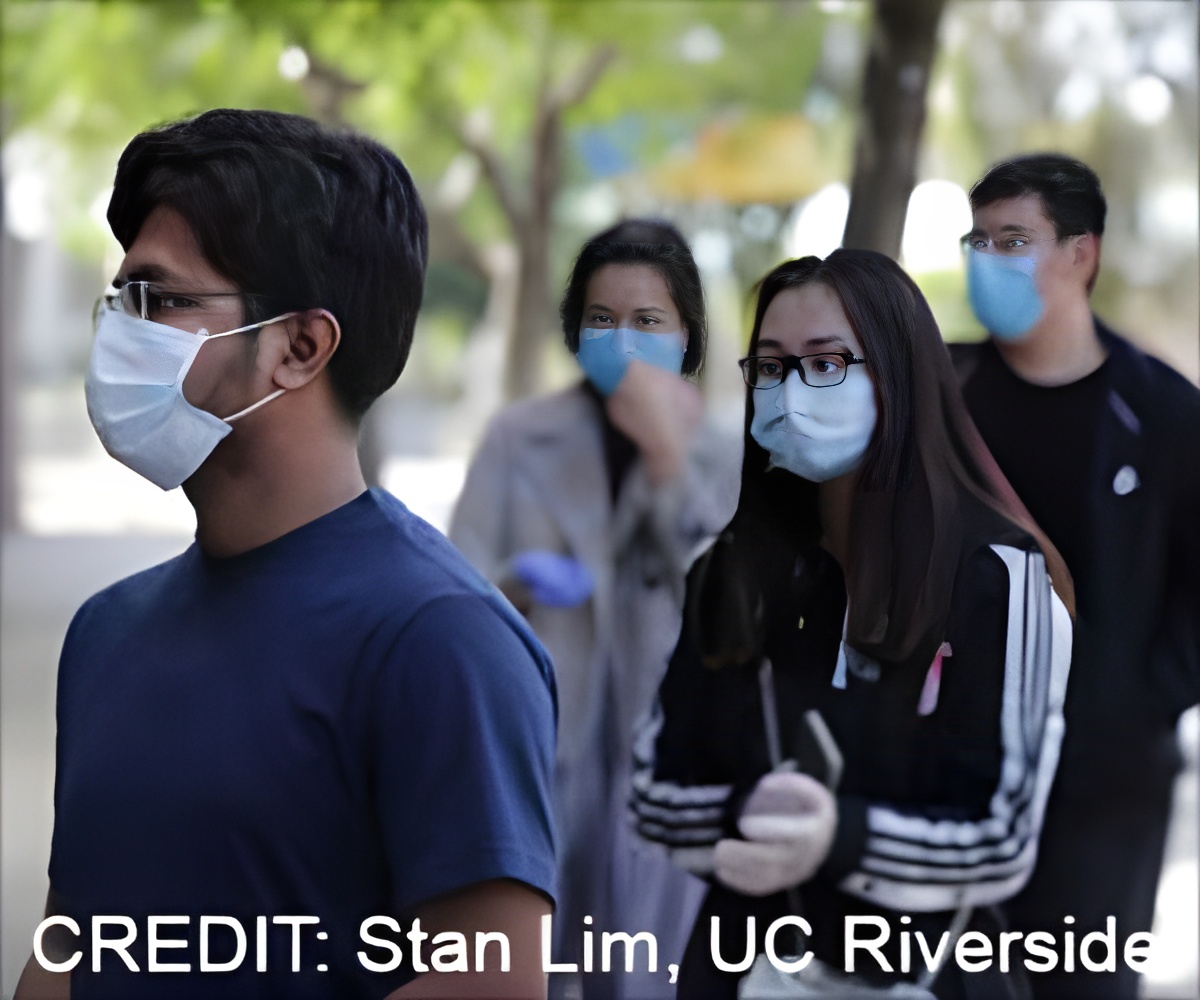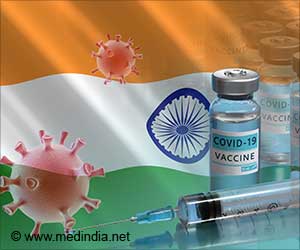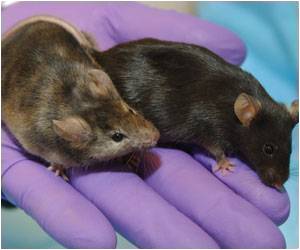New models and technologies at many levels are required to understand how to tame viral pandemics such as Covid-19. Better knowledge of SARS-CoV-2 will help to inform vaccine design.

‘New models and technologies at many levels are required to understand how to tame viral pandemics. Better knowledge of SARS-CoV-2 will help to inform vaccine design.’





"We need new models and technologies at many levels in order to understand how to tame viral pandemics," explains Bud Mishra, a professor at NYU's Courant Institute of Mathematical Sciences and one of the paper's authors. "At the biomolecular level, we explain how cellularization may be understood in ways that stymie disease and encourage healthy functioning."The analysis, which also included William Casey, an assistant professor in the U.S. Naval Academy's Cyber Science Department, and Steven Massey, an assistant professor in the Department of Biology at the University of Puerto Rico, centered on the biological and evolutionary phenomenon "mimicry"--organisms changing form to represent another.
The researchers, in particular, focused on two types of mimicry: "Batesian" and "Muellerian". Batesian mimicry, named after the naturalist Henry Walter Bates, involves conflict or deception between the sender and receiver--for example, a harmless hoverfly mimics a more dangerous wasp in order to deter predators. By contrast, Muellerian mimicry, named after the zoologist and naturalist Johann Friedrich Theodor Mueller, occurs when there is a common interest between the sender and receiver--for instance, two species that adopt each other's warning signals as a means to offer protection for both.
These types of mimicry also occur at the molecular level.
"The gene for an RNA or a protein macro-molecule can be considered as the sender, while the signal consists of the three-dimensional conformation of the expressed gene product," write the authors. "The receiver is the macro-molecule, which specifically interacts with the signal macro-molecule, typically a protein, but could also be an RNA or DNA molecule."
Advertisement
This dynamic plays out annually in the creation of flu shots--vaccines are altered each year in order to accurately mimic a newly evolved flu virus.
Advertisement
In their analysis, the paper's authors constructed a mathematical model that mapped out a series of signaling strategies that, theoretically, could be adopted by both a virus (Batesian mimicry) and a vaccine (Mullerian mimicry). Their results offered a range of blueprints of how mimicry is formed, maintained, and destroyed in cellular populations.
"Better knowledge of the deceptive strategies of SARS-CoV-2 will help to inform vaccine design," the researchers conclude.
Source-Eurekalert








